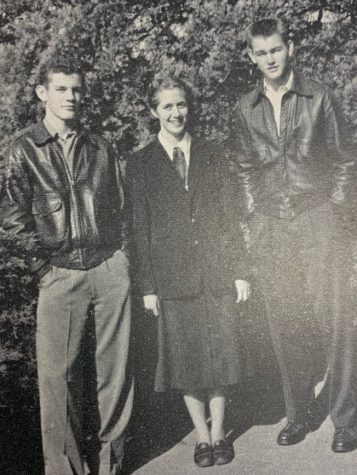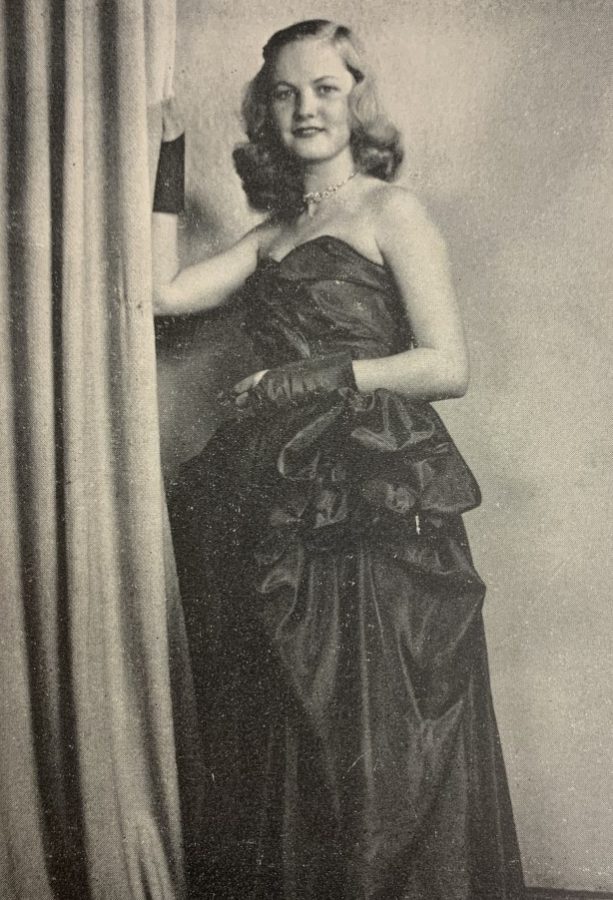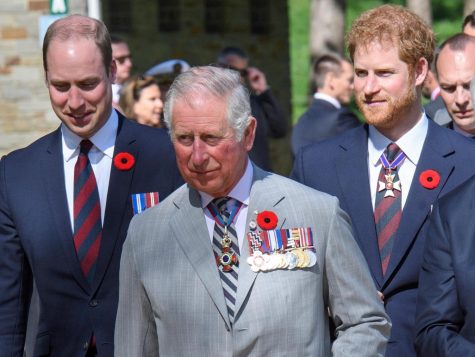1950
October 12, 2020
The year 1950 was a year like no other. The United States was looking forward to moving on from World War II, but there were still political tension as the Soviet Union and America became enemies in what would become known as the Cold War. A new style of music, rock and roll, became very popular across the country as the television began to compete with motion pictures as a form of entertainment.
Rock and roll, which was inspired by African American blues music, displayed teenager’s desires to rebel against adult authority. Artists such as Bill Haley and His Comets along with Elvis Presley rose to stardom by giving the youth music about rebellion, which was what they wanted to hear. Rock and roll also helped tear down the barriers of skin color in popular culture as black artists such as Chuck Berry and Little Richard were being sought out by the white youth.

The effects of the Cold War were felt in Hollywood. Hundreds of actors, screenwriters, directors, musicians, and other entertainers became unemployed in the industry until they swore that they were not Communists. Hollywood faced an even greater threat when it came to a new form of technology and entertainment. Because of the economic boom following World War II, half of American homes had a television. Many different types of television programs became available. The most popular included situation comedies and westerns. Many television shows presented the ideal picture of a family with a wise father and a housewife mother. Strict gender roles and family values were stressed in these programs.
At Gaffney High School in the year 1950, there were many exciting activities. The student council consisted of Dan Smith, the president, Barbara Camp, the vice president, Billy Childers, the secretary-treasurer. The Miss Cherokeean was Miss Lena Belle Vinesett. In sports, more specifically Cherokee Indians Football, George H. Fritts was the head coach and Eddis W. Freeman and Ralph Walters were the assistants.














